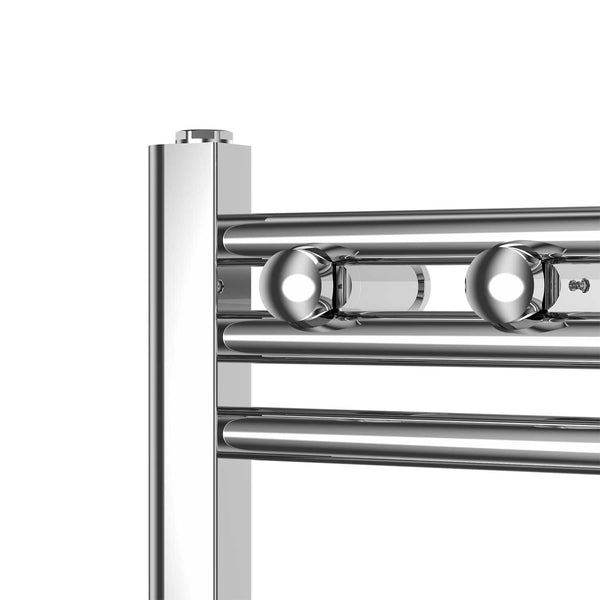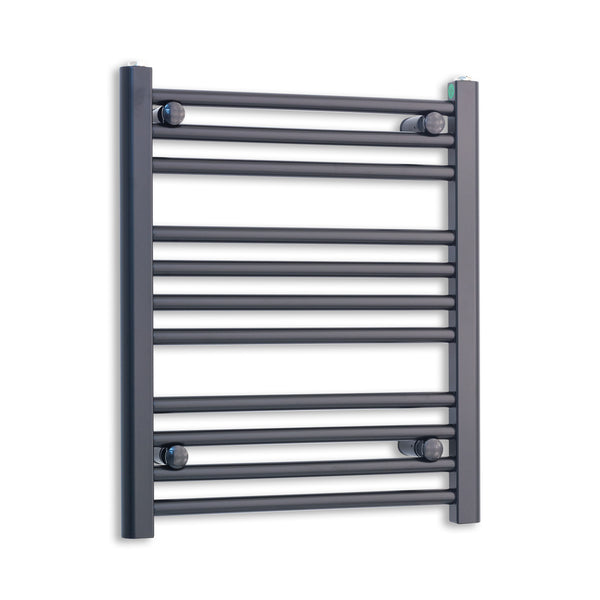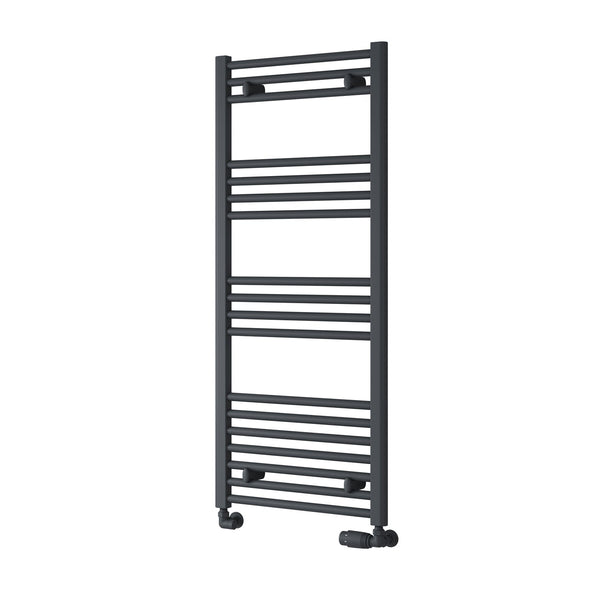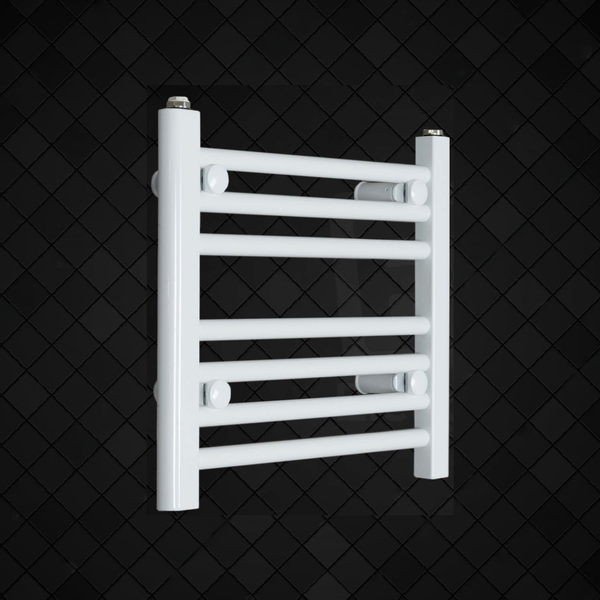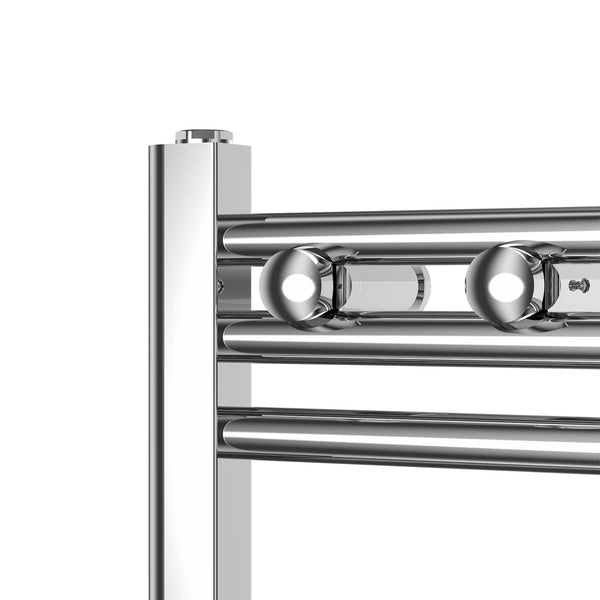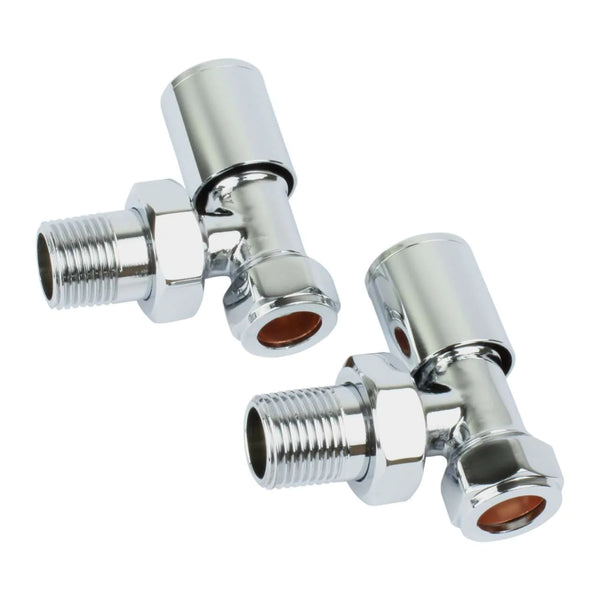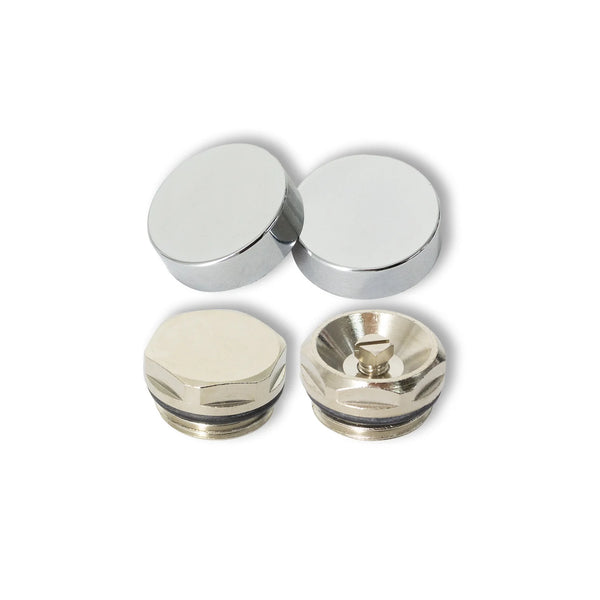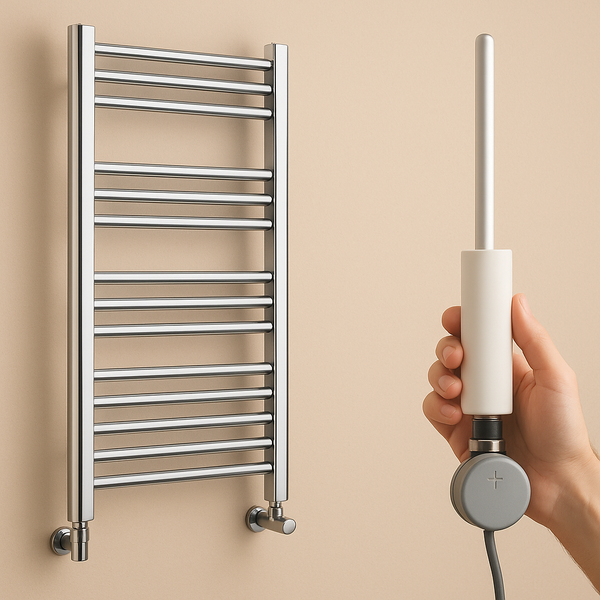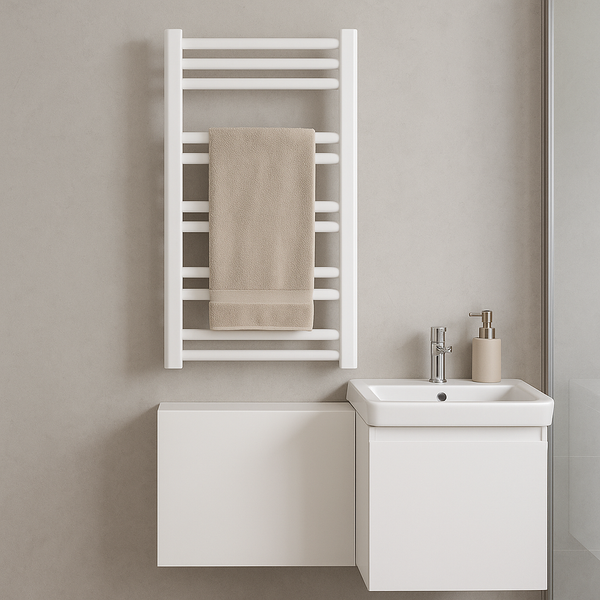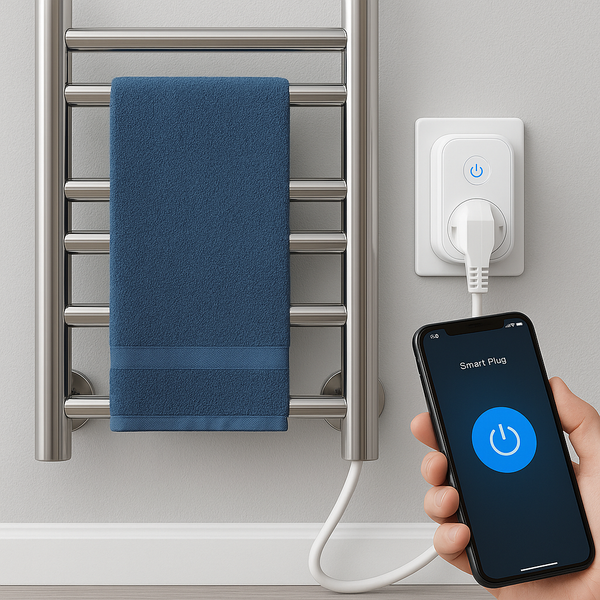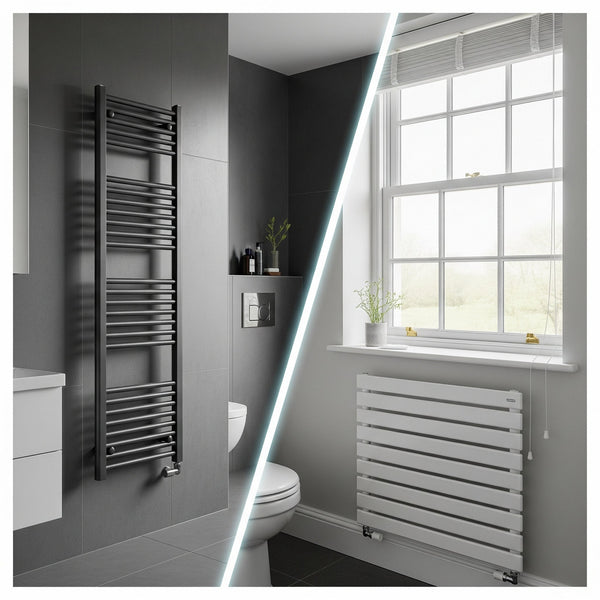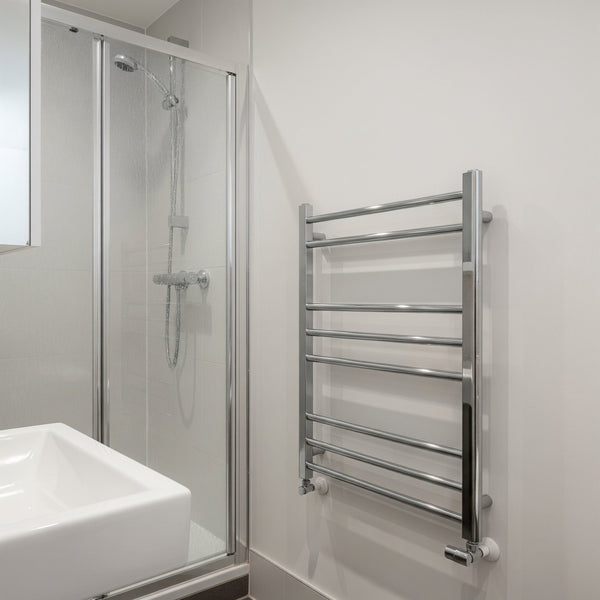Horizontal vs. Vertical Towel Rails: What are the Pros and Cons?
When planning a new bathroom or upgrading your heating, the orientation of your towel rail is one of the most fundamental design decisions you'll make. It’s a choice that goes far beyond simple aesthetics; it impacts the functionality of your space, your towel-drying capacity, and even the perception of your room’s size. The two primary options, horizontal and vertical, each come with a distinct set of advantages and disadvantages.

Are you struggling to decide whether to go for a tall, slimline vertical model or a wide, practical horizontal one? You're not alone. This expert guide from Company Blue will break down the pros and cons of each orientation, helping you analyse your space, consider your needs, and make the perfect choice for your bathroom layout and lifestyle. Let’s explore the great debate: up or across?
The Case for Vertical Towel Rails
Often referred to as 'ladder' rails, tall and narrow vertical towel rails have become the most popular choice for modern UK bathrooms, and for good reason. They are masters of space efficiency.
Pros of Vertical Towel Rails:
- Excellent Space Savers: This is their number one advantage. Vertical rails make brilliant use of narrow, unused sections of wall that couldn't accommodate a traditional horizontal radiator. This is perfect for smaller bathrooms, en-suites, and cloakrooms where floor and wall space is at a premium.
- Creates an Illusion of Height: The strong vertical lines draw the eye upwards, which can make a room with a low ceiling feel taller and more spacious. This is a clever design trick to enhance the sense of openness.
- Modern, Stylish Aesthetic: The sleek, ladder style design is synonymous with contemporary bathroom design. It offers a clean, architectural look that complements modern suites and minimalist decor perfectly.
- Good for Layering Towels: The ladder design is ideal for draping or layering several towels, allowing good air circulation around each one.
Cons of Vertical Towel Rails:
- Limited Width for Large Towels: While you can layer towels, the narrower width can make it tricky to spread out a single large bath sheet to its full extent.
- Heat Distribution Can Be Slower: In very tall models, it can sometimes take longer for the hot water from the central heating to circulate all the way to the top bars, meaning the top of the rail is the last part to get hot.
The Case for Horizontal Towel Rails
While less common in dedicated towel rail designs, horizontal models offer powerful heating and a classic aesthetic, making them a superb choice for specific layouts and larger bathrooms.
Pros of Horizontal Towel Rails:
- Superb for Drying Multiple Towels: The generous width is the key benefit. A wide horizontal rail allows you to hang multiple towels side by side, with each one getting maximum contact with the warm bars. This is ideal for busy family bathrooms.
- Powerful Heat Output: Because of their larger surface area and volume, horizontal models often have a higher BTU (heat output) rating than a similarly priced vertical rail. This makes them an excellent choice if the towel rail is the primary source of heat for a large bathroom.
- Fits Perfectly Under Windows: This is a classic radiator position for a reason. Placing a horizontal rail under a window helps to counteract the cold air dropping from the glass, creating a more efficient convection current that warms the room evenly.
- Familiar, Traditional Look: A horizontal orientation can feel more traditional and can blend seamlessly with the look of other standard radiators throughout the house.
Cons of Horizontal Towel Rails:
- Requires Significant Wall Width: Their main drawback is the amount of clear horizontal wall space they demand. This can be a real challenge in smaller or awkwardly shaped bathrooms, where that space could be used for a vanity unit, toilet, or walkway.
- Can Make a Room Feel Shorter: The strong horizontal line can visually lower the ceiling, potentially making a small room feel more cramped.
At a Glance: Horizontal vs. Vertical Comparison
| Feature | Vertical Towel Rail | Horizontal Towel Rail |
|---|---|---|
| Best For Space | Small, narrow bathrooms; awkward spaces | Large bathrooms with wide, clear walls |
| Towel Drying | Good for layering multiple towels | Excellent for spreading towels side-by-side |
| Heating Power | Good for secondary/supplementary heat | Often higher BTU; great as a primary heat source |
| Aesthetic Impact | Modern, sleek, makes rooms feel taller | Classic, traditional, fits under windows |
FAQ: Choosing Your Towel Rail Orientation
Here are our answers to some final questions to help you decide.
Which style is generally more popular?
In the UK market today, vertical ladder-style towel rails are by far the more popular choice. This is largely driven by the trend for more compact living spaces and modern bathroom design, where maximising every inch of wall space is essential.
Does the orientation affect the installation cost?
No, the cost to have a plumber install the towel rail should be the same regardless of whether it is horizontal or vertical. The cost is determined by the labour involved in connecting to the pipework, not by the shape of the radiator itself.
I have a large family. Which orientation is better for lots of towels?
For a busy family bathroom, a wide horizontal towel rail is often the more practical choice. It allows several towels to be hung next to each other, fully spread out, which typically leads to faster and more even drying compared to layering them on a narrower vertical rail.
My bathroom is very small. Is a vertical rail my only option?
It's usually the best option. A vertical rail utilises wall height, leaving valuable horizontal space free for movement and other fixtures. However, if you have a clear wall under a window, a compact horizontal radiator could be a perfect fit for that specific space.
Is there a difference in energy efficiency between the two?
Not directly. The efficiency is determined by the heat output (BTU/Watts) of the rail and how well it is suited to your room size, not its shape. A correctly sized radiator, whether horizontal or vertical, will be efficient. The key is to choose a model with the right BTU rating for your space to avoid under or overheating.
